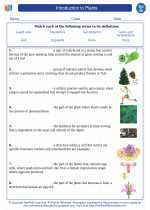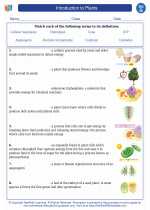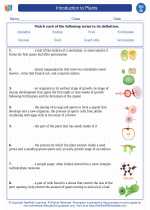Rubber
Rubber is a natural polymer that is obtained from the latex of various plants, or it can be synthesized from petroleum-based molecules. It has a wide range of uses due to its unique properties, such as elasticity, flexibility, and impermeability to water.
Structure of Rubber
Rubber is composed of long chains of hydrocarbon molecules, specifically polyisoprene. These chains are linked together by cross-links, which give rubber its elasticity.
Natural Rubber
Natural rubber is obtained from the latex of the rubber tree, Hevea brasiliensis. The latex is collected by tapping the tree and then processed to form rubber products.
Synthetic Rubber
Synthetic rubber is produced from petroleum-based molecules through a process called polymerization. This allows for the production of rubber with specific properties tailored for different applications.
Uses of Rubber
Rubber is used in the manufacturing of tires, industrial belts, hoses, seals, gloves, adhesives, and a wide range of consumer products. It is also used as a key component in the production of latex products such as condoms and medical gloves.
Study Guide
When studying rubber, it's important to understand the following key points:
- The structure of rubber, including its polymer composition and the role of cross-links in its properties.
- The difference between natural rubber and synthetic rubber, including their sources and production processes.
- The various uses of rubber in different industries and consumer products.
- The environmental impact of rubber production and the efforts to develop sustainable rubber sources.
Additionally, it's helpful to explore the chemical and physical properties of rubber, including its elasticity, tensile strength, and resistance to various environmental factors.
Understanding the historical and cultural significance of rubber, as well as its economic importance, can provide a broader context for its study.
As you study rubber, consider conducting experiments to investigate its properties, such as stretching behavior, response to temperature changes, and resistance to solvents.
By delving into these aspects of rubber, you can gain a comprehensive understanding of this versatile material and its impact on various aspects of our lives.
[Rubber] Related Worksheets and Study Guides:
.◂Biology Worksheets and Study Guides High School. Introduction to plants

 Worksheet/Answer key
Worksheet/Answer key
 Worksheet/Answer key
Worksheet/Answer key
 Vocabulary/Answer key
Vocabulary/Answer key
 Vocabulary/Answer key
Vocabulary/Answer key
 Vocabulary/Answer key
Vocabulary/Answer key
 Vocabulary/Answer key
Vocabulary/Answer key
 Vocabulary/Answer key
Vocabulary/Answer key
